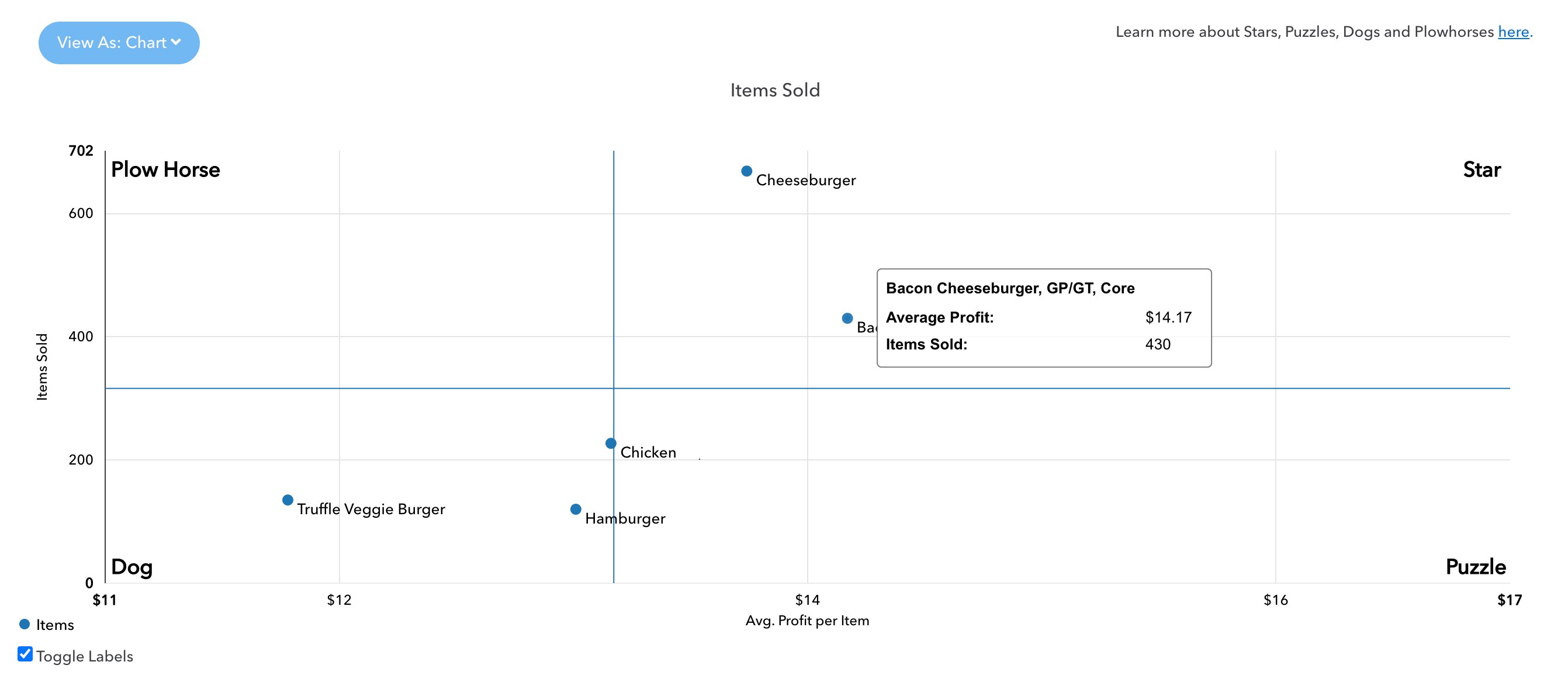Ask the expert: restaurant metrics chefs should care about
Simply tracking metrics is a great first step but unfortunately does not guarantee that you’ll have a successful operation (sorry, y’all!). The real question chefs should be asking when it comes to metrics goes beyond, “What should I be tracking?” to the succinctly irreverent (and superior question), “What now?”
That is to say, now that you have these numbers, what the heck are you doing about them?

The answer depends on who you ask, as each operational role cares about different things. Accountants might care more about increasing reporting accuracy, owners might be more interested in improving overall profitability, and you can bet your aspic chefs will probably care more about keeping food costs low and recipe yield accuracy high.
To better understand the chef’s perspective on restaurant metrics and what to do with them, we sat down with Alexandria Restaurant Partners corporate chef and 23-year industry veteran, Brandon Whitestone, to see what metrics he tracks for success, how his restaurant management system helps and what he does with the numbers he tracks.
What metrics matter?
On a day-to-day basis, Brandon manages food and concept development, so naturally the numbers he cares most about are related to that. He tracks purchase data, sales data, inventory changes and labor costs over time which helps average out the daily or weekly swings. “We do a 4-4-5 model for our quarterly financial tracking, and we’ve found that through the summer and winter months when we’re not transitioning between seasons, our actual food costs are within a point or two of purchases and sales,” he tells us.
We don’t need to remind anyone how crazy food costs have been this year, but Brandon has been able to keep an eye on his plate costs with MarginEdge’s automatic recipe updates based on invoice data. Brandon explains, “For me, the most useful part of MarginEdge is getting live price updates on recipes. We have our menu separated into categories, so everything is broken up that way. If we see the price of a product goes up, it automatically updates our plate cost.”
Another metric he and his team track is theoretical food usage. This involves comparing purchased quantities against sold quantities (based on recipe yield amounts), to determine how much product was used theoretically. The reason this isn’t considered actual food costs is because some amount of waste is going to happen, and tracking waste is usually not worth the effort (unless you’ve got time to weigh garbage cans).
 Note - this is a sample report.
Note - this is a sample report.
Brandon’s team uses a 2% margin of error as a rule of thumb between target and theoretical food costs, meaning if their target poultry food costs are 33%, they should expect the food usage costs to be between 31-35% to still be on target. He notes, “If we see the actual food cost is spiking, we then go and look at theoretical usage to see if we have a problem somewhere.”
What now?
When Brandon’s team notices things are off, or if prices have increased for certain items taking them out of food cost goals, they have a few tricks up their sleeves to make sure they stay on track.
While often the most obvious option, increasing menu prices is typically a last resort. Thankfully (and ingeniously), Brandon’s team has found another way to navigate changing prices and it stems from menu engineering basics. Essentially, if a menu item in a specific category goes above food cost targets, Brandon looks at ways to encourage diners to choose other menu items without removing it from the menu or upping the price.
For example, they have a corned beef reuben sandwich that is popular but doesn’t meet their target food costs. Brandon explains, “It’s one of our most popular so we don’t want to take it off the menu. We just need to find another sandwich compelling enough to take the pressure off of the reuben. We use the metrics to identify where we need to put a plow horse, and where we need to alleviate pressure.”
(Not sure what a plow horse is? Check out our blog on menu performance here!)
 Note - this is a sample report.
Note - this is a sample report.
They recently implemented this method by adding in a fried chicken sandwich for under $20, to reduce pressure on their top selling burger that sold well, but wasn’t as profitable, without changing the item itself.
It all comes down to finding the right balance and while it may take more effort than simply increasing menu prices, or removing a star item from the menu, Brandon’s team has found the extra effort to be worth it. He notes, “Using a tool like MarginEdge took out a lot of the legwork to make that decision, because we were able to see the information we needed at a glance.”
What should chefs consider when it comes to metrics?
As for advice for other chefs when it comes to managing performance metrics, Brandon says above all else just make sure what you’re tracking is up to date.
“We had a third party enter in our recipe information a while back and realized the recipes in the system weren’t consistent with what our kitchens were making,” he tells us. One recipe called for 2 cups of romaine lettuce for a salad, but the kitchen had been using 4 cups.
Thanks to digging into these discrepancies, Brandon discovered that the problem wasn’t with his team and their efforts, it was a question of making sure they were tracking accurately. He says, “It was an eye opening experience for us because a lot of the recipes we had were not accurate to what was going on the plate. So once we fixed everything, which ended up being a 2 month process, that made the system more accurate and showed us that we weren’t screwing up - we just had crappy information basically.”
Naturally, he recommends making sure recipes are accurate before starting the metric tracking process, so you don’t end up having to do twice the work down the line.
Whether you run an established kitchen or are planning out dishes for a new concept, tracking metrics like food costs and usage is crucial to not only being successful, but simply just knowing what’s going on. Not sure where to start? A restaurant management system can help.


![[Download Now]: Recipe Costing Calculator](https://no-cache.hubspot.com/cta/default/6423873/2e80412b-ff7f-426c-ab1f-bcb566f085c8.png)
